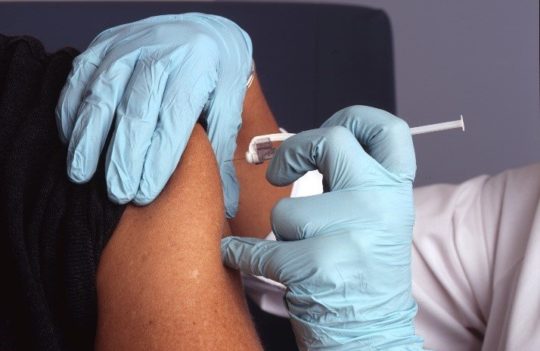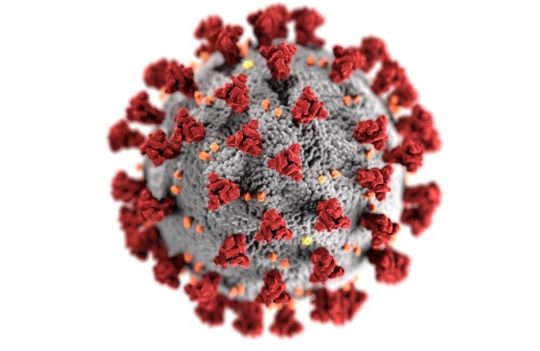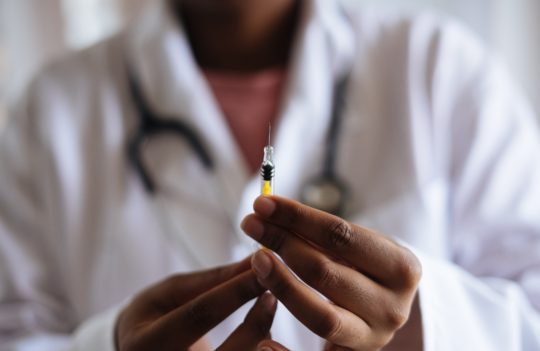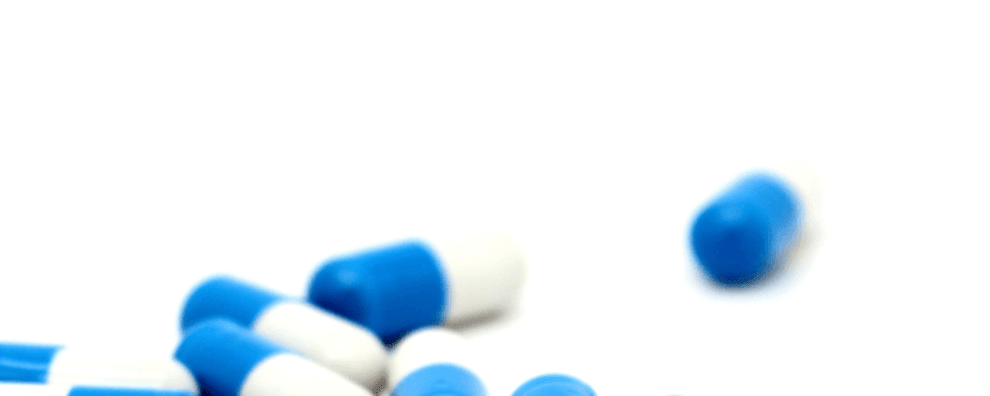 Peptide synthesis
Peptide synthesis
Can we increase the efficiency of conventional drugs? Find out how researchers are using synthetic peptides to boost the development of smart drug delivery systems
Therapeutic peptides are getting longer and increasingly complex. This has led to the rise in production and purification costs. On the contrary, simpler and shorter peptides are now gaining the interest of the scientific community for the development of drug delivery applications. In this article, we review the different and most innovative strategies that researchers have used to take advantage of short and ultra-short peptides to increase the efficiency of conventional drugs.
Alternative uses for synthetic peptides
Synthetic peptides are versatile molecules. By themselves, they can be used as therapeutic agents targeting a wide variety of diseases. In conjugation with other drugs, they can be used to reduce side effects and increase therapeutic efficiency.
The major limitation to the application of peptides for therapy is their vulnerability to protease degradation. Nevertheless, in recent years, researchers were able to reduce this vulnerability by introducing modifications into the peptide backbone or by conjugation with other molecules.
These modifications to the backbone comprise the inclusion of unnatural amino acids (including D-amino acids), chemical functional groups, cyclization, and PEGylation (attachment of a PEG group). These drastic changes reduce the probability of proteases recognizing the bioactive peptide and they extend their half-life in the patients’ plasma.
In recent years, the increased robustness of synthetic peptides as led to a renewed interest in peptide-based therapies.
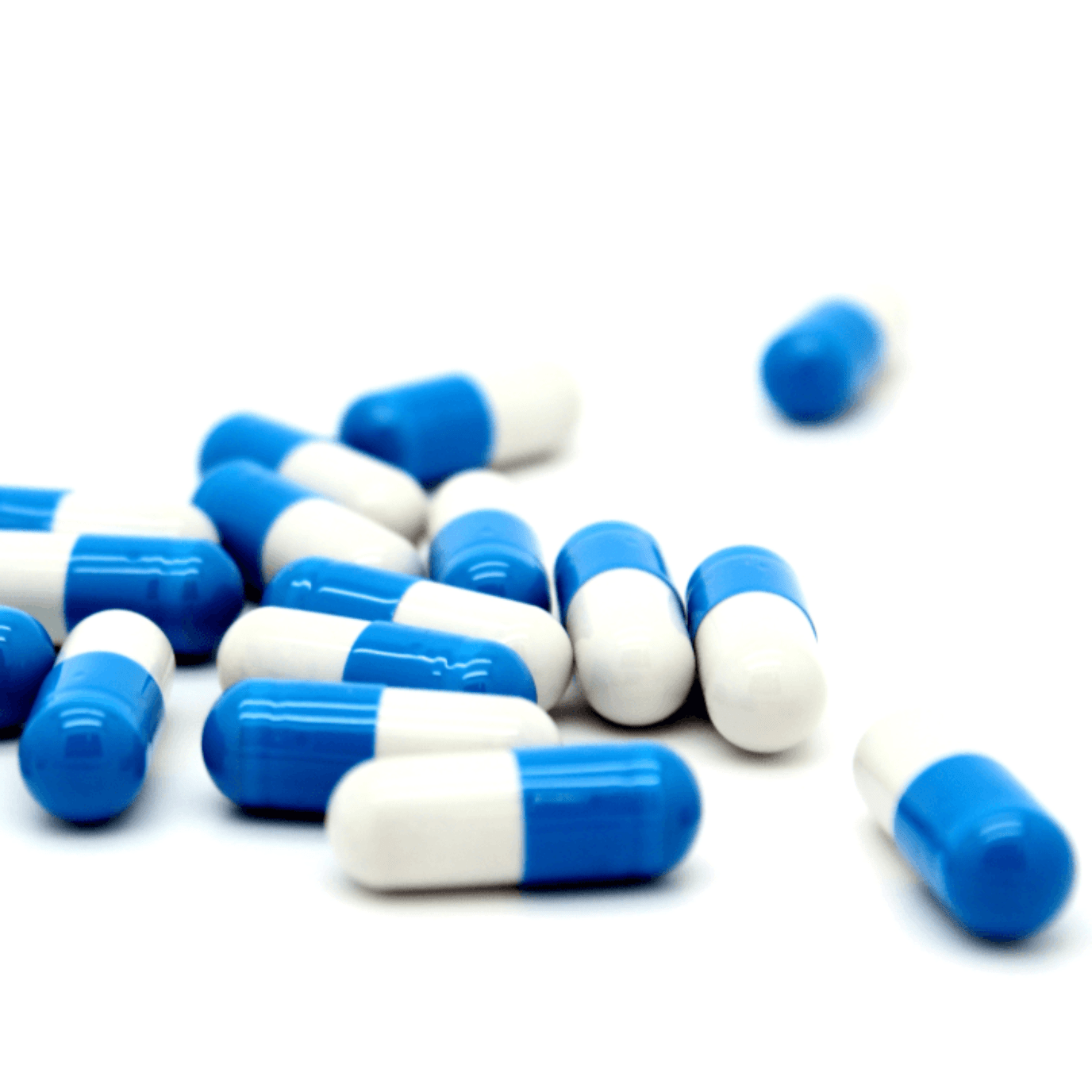
Most peptides are used as bioactive agents either against specific pathologies (e.g. anti-cancer peptides) or as imaging agents for diagnosis purposes. But peptides can also fulfill the role of structural agents. They do this by driving the self-assembly of molecular structures and, thus, can be used as effective delivery systems.
But while therapeutic peptides are becoming longer and more complex and difficult to produce, scientists researching peptide-based delivery systems are increasingly striving for simplicity. In recent years, many studies have been published describing simple and creative delivery systems driven and organized around short and ultra-short peptides.
This tendency can be explained by the increased need to reduce peptide production costs and in valorizing conventional therapies.
PEGylation of synthetic peptides and their use in drug delivery
In a previous article we have discussed the advantages and limitations of conventional peptide modification strategies. But, in this section, we will highlight a special type of conjugation that has been increasingly used to improve the solubility and stability of short peptides: conjugation with polyethylene glycol (PEG).
PEG is a non-toxic, non-immunogenic, non-antigenic and highly soluble polymer. More importantly, it has been approved in multiple countries for therapeutic applications. When peptides are conjugated with PEG, they become bulkier and, thus more resistant to degradation and less likely to be quickly eliminated from the organism.
PEGylation was first described in the 1970s by a group from Rutgers University (USA) working with albumin and catalase modification. At the time, the discovery that an enzyme could be modified without losing its biological activity was an important milestone in the development of bioactive protein conjugates.
Traditionally, PEG-lipids are incorporated into carriers covalently via amide or ether bonds. These stable bonds are insensitive to the environment. But this type of conjugation can also limit the peptide’s bioactivity and adsorption. This double-edged problem has been named by many scientists the “PEG dilemma.”
To solve this dilemma, researchers have suggested a fundamental change in how peptide-PEG conjugates are produced. This change comprises a shift from the use of stable bonds to the use of cleavable bonds.
Cleavable bonds including peptide, vinyl ether, hydrazine, ester bonds, and disulfide keys, have shown promising results in vivo. In many cases, the cleavage of these protective groups was achieved in response to the physiological environment, facilitating the cellular uptake of these compounds by specific tissues.
For instance, this type of conjugation can take advantage of the naturally acidic environment of tumor tissues. Hydrazone and vinyl ether bonds are especially sensitive to pH and thus, easily cleaved in tumor tissues. In this way, self-assembled peptide-PEG conjugates with cleavable bonds can be used to increase the efficiency of drug delivery to these specific locations.
The specificity and increased absorption of these systems makes this modification highly desirable for smart drug delivery.
Self-assembly of synthetic peptides and their importance for drug delivery
Many peptides have the exciting ability to undergo spontaneous assembly into different types of nanostructures, including nanotubes, nanofibers, nanospheres, and nanovesicles.
This ability of peptides for self-assembly is linked to the very nature of the amino acid residues of the peptide backbone. For longer peptides (>6 residues), the presence of amino acids with different charges leads to the formation of secondary structures (α-helical and β-sheets). Nevertheless, the ability for self-assembly has also been described in very short peptides (<6 amino acids) and ultra-short peptides (2-3 amino acids).
The use of these minimized sequences is desirable, as it minimizes the synthesis and purification steps and thus reduces the overall production cost.
The self-assembly ability of ultra-short peptides was first described by Meital Reches and Ehud Gazit from the Tel Aviv University in 2003. These researchers found that the homodipeptide Phe-Phe (FF) was prone to aggregation. Later, the characterization of this peptide via single X-ray diffraction showed that FF created ring-like networks with hexagonal symmetry.
Since its discovery, FF has been incorporated in the design of several applications including nanomedicine (imaging and drug delivery) and the fabrication of biosensors, nanodevices and conducting materials.
Recently, researchers from the Fudan University (China) developed FF-based nanospheres able to respond and change according to environmental stimuli. These spheres, loaded with a chemotherapeutic drug (camptothecin), were designed to remain stable at normal physiological conditions and to release its therapeutic load in tumor microenvironments (pH 5 and high levels of glutathione – above 10 mM). Interestingly, these nanocarriers were also shown to effectively penetrate tumors and to have a greater cytotoxicity than free drugs.
Cyclic peptides have also been extensively considered as potential candidates for smart drug delivery systems. An example of such type of application has been published in 2014 by researchers from the University of Tennessee (USA). The eight-residue cyclic peptide designed by Wang and co-workers self-organized into a nanotube formation. When associated with doxorubicin (DOX, an anti-cancer drug) and modified with PEG, it increased the cellular uptake and cytotoxicity in vitro against human breast cancer cells.
Smart drug delivery and cell-penetrating peptides
Cell-penetrating peptides are an extremely important class of widely used peptides. But despite their efficient cellular uptake, they still lack cell-type specificity.
To increase their specificity, many researchers have attempted to modify the backbone of these peptides to make them more sensitive to pH variation, enzymatic activity or oxidative stress. Researchers from the Sichuan University (China) were able to obtain a pH-sensitive cell-penetrating peptide by increasing the amount of histidine residues in the peptide backbone. The resulting peptide, named TH (THAGYLLGHINLHHLAHL(Aib)HHIL), became responsive to pH changes. At physiological pH, this peptide retained its neutral charge, but under acidic conditions it became positively charged, activating its cell-penetrating ability.
PEGylated liposomes functionalized with TH showed an increased ability to penetrate tumors in vivo when compared to non-functionalized liposomes.
Besides peptide modification, researchers have also tried modifying these peptides by conjugation for increased specificity. For instance, Liu and coworkers have developed a liposome carrying DOX and functionalized it with a cell-penetrating peptide (Tat) conjugated with AAN sequence.
This sequence is recognized and cleaved by the endoprotease legumain, a human enzyme that’s significantly overexpressed in tumor tissues.
In vivo assays performed in mice showed that the AAN-Tat functionalized liposomes showed significantly higher tumor inhibition when compared to controls.
Concluding remarks
Synthetic peptides, especially small and ultra-small peptides are increasingly gaining relevance as smart drug-delivery agents. Their ability to self-assemble, and ease of conjugation and modification has fostered the interest of the scientific community. Thus, they are currently been developed to increase the effectiveness of conventional therapeutic agents while reducing their overall adverse effects in the human body.
For the past decade, scientists have been aiming to increase the stability and specificity of synthetic peptides. In this context, the most exciting discoveries were obtained in anti-cancer treatments.
The intensive research and modification of these molecules has showed us that peptides can be conjugated with cleavable PEG groups to increase their stability and reduce their quick elimination from the organism. It has also showed us that these peptides can self-assemble leading to an enhanced tissue penetration. Moreover, complex smart drug delivery systems can contain cleavable PEG groups, cell-penetrating peptides, and anti-cancer drugs within a liposome. Some of these systems have already been tested in vivo using mouse models with promising results.
Their promising results indicate that synthetic peptides will continue to drive the discovery of more efficient delivery systems.
- Fang, Y. et al. Cleavable PEGylation: a strategy for overcoming the “PEG dilemma” in efficient drug delivery. Drug Deliv. 2017; 24:22-32. doi: 10.1080/10717544.2017.1388451.
- Hamley, I. W. PEG−Peptide Conjugates. Biomacromolecules. 2014, 15: 543−1559. doi: 10.1021/bm500246w
- Li, Q. et al. One-Pot Synthesis of Diphenylalanine-Based Hybrid Nanospheres for Controllable pH- and GSH-Responsive Delivery of Drugs. Chem Mater. 2016: 28(18):6584-6590. doi: 1021/acs.chemmater.6b02604
- Reches, M and Gazit, E. Casting metal nanowires within discrete self-assembled peptide nanotubes. Science. 2003; 300(5619):625-627. doi: 10.1126/science.1082387
- Tesauro, D. et al. Peptide-Based Drug-Delivery Systems in Biotechnological Applications: Recent Advances and Perspectives. Molecules. 2019; 24(2):351. doi: 10.3390/molecules24020351
- Veronese, F. M. and Pasut G. PEGylation, successful approach to drug delivery. Drug Discov Today. 2005;10(21):1451-1458. doi: 10.1016/S1359-6446(05)03575-0
- Wang, Y. et al. Doxorubicin-loaded cyclic peptide nanotube bundles overcome chemoresistance in breast cancer cells. J Biomed Nanotechnol. 2014; 10(3):445-454. doi: 10.1166/jbn.2014.1724
- Zhang, Q. et al. A pH-responsive α-helical cell penetrating peptide-mediated liposomal delivery system. Biomaterials. 2013; 34(32):7980-7993. doi: 10.1016/j.biomaterials.2013.07.014
